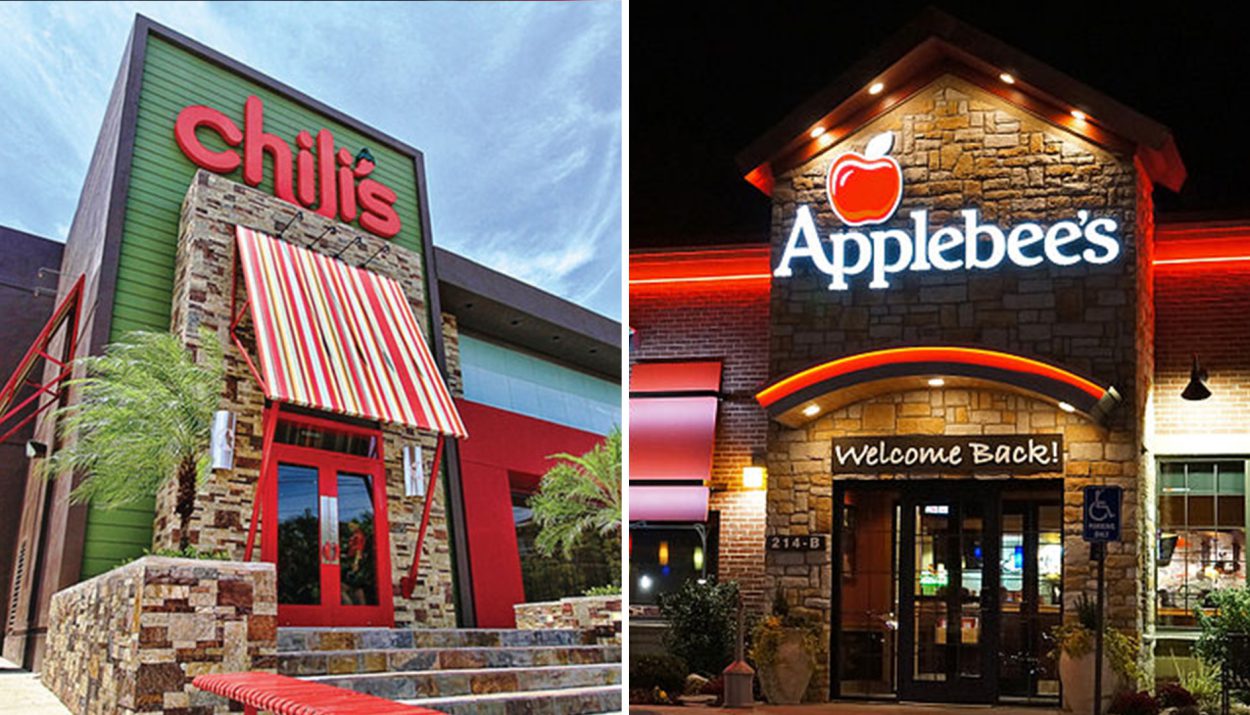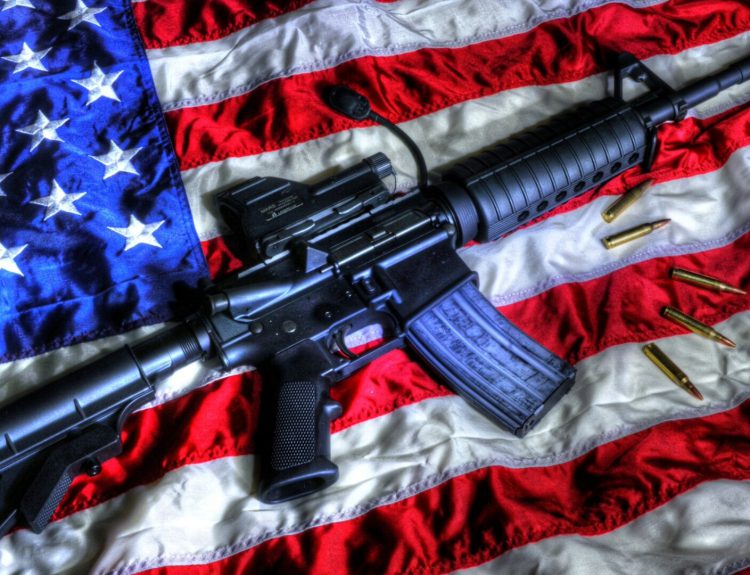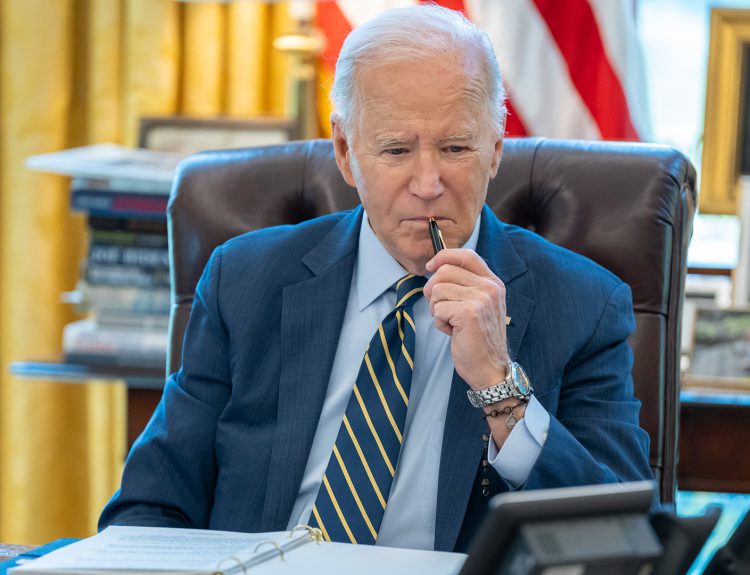California recently raised the minimum wage for fast food workers in California from $16 per hour to $20. This was an effort to tackle the fact that fast-food employees couldn’t make a living off their pay. But the decision also had an adverse effect.
The increased wage meant extra costs, so restaurants had to raise the price of items on their menu. Sadly, this means people now have to really think hard about where to spend their money. Where will they go? These franchises think Chili’s and Applebee’s.
Understanding The Minimum Wage Increase
California had a minimum wage problem, precisely for fast food workers. These employees were only paid around $16 per hour, which wasn’t enough to survive in the state. The condition was so bad that the government had to step in.
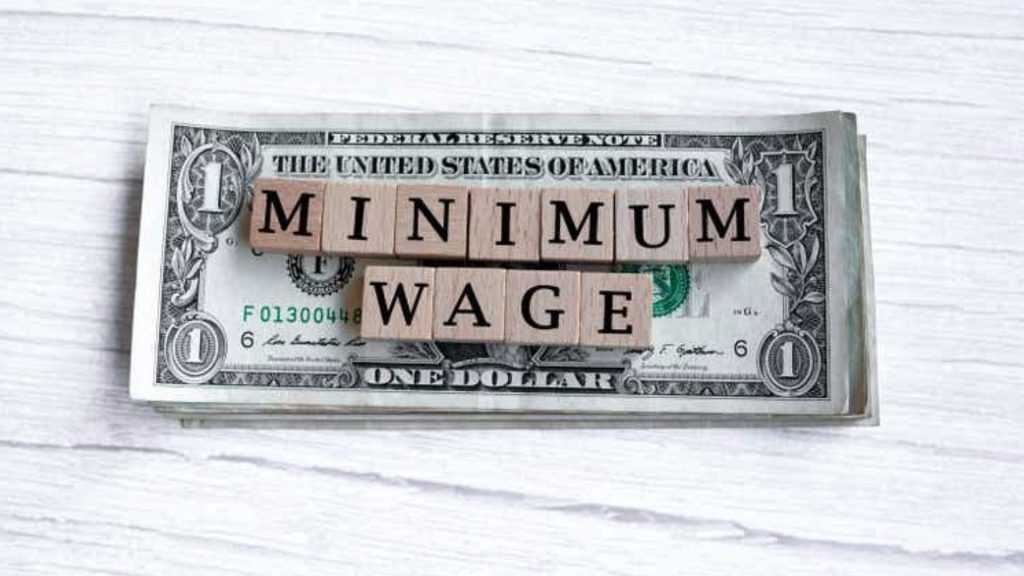
The California Government ordered all fast-food restaurants to pay their workers at least $20 per hour. Naturally, workers celebrated this improvement as they now earn enough to stop living from hand to mouth. But there’s a problem.
More Pay Means More Business Cost
The problem with asking businesses to pay more is that it increases their monthly cost. So, they’ll have to find some other way to restore this balance. This means increasing the cost of meals on their menu.
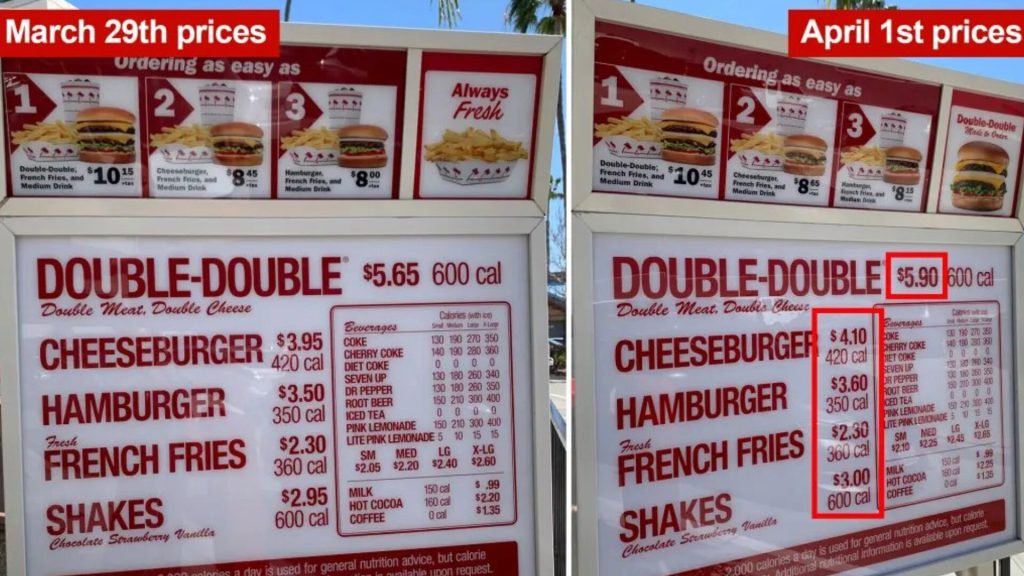
So, for example, a $5 burger now becomes $6, and while it helps to offset cost, it could also decrease demand. Let’s analyze this!
The Problem With Raising Prices
Raising menu prices makes it possible for fast-food restaurants to stay afloat while paying their employees at least $20. But the extra cost now means customers will think hard before paying to eat out.
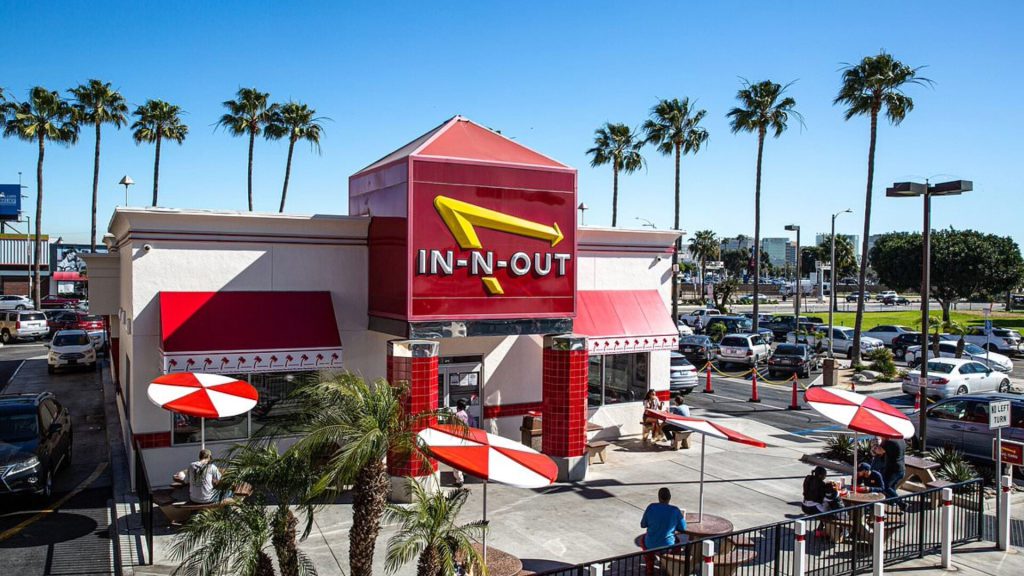
In economics, this is called Opportunity Cost. It’s when the buyers consider other options that could be better than then paying the fast food restaurant $6 for a burger. Sadly for these chains, there’s a better alternative in California.
Casual Diners Will Take Over
Fast-food restaurant owners have pointed out that casual diners may be the better option now. Why? Because the minimum wage law only affected fast food chains, meaning casual diners still have the same menu price intact.
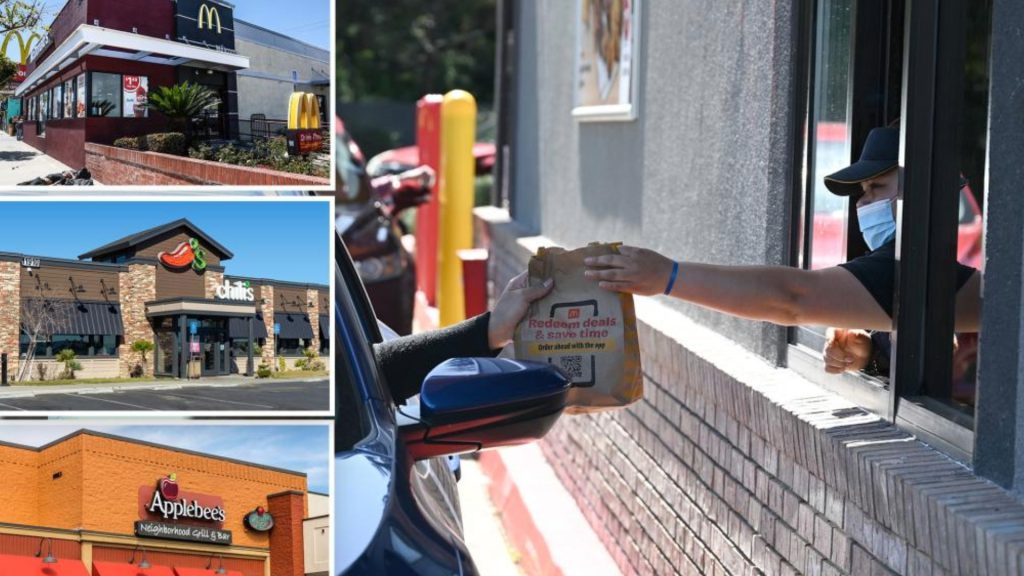
So, when buyers contemplate buying at a fast food restaurant or a casual diner like Chili’s and Applebee’s, they will choose the latter. The reason is simple. Their meals cost less while having almost the same or even more value.
Difference Between Fast Food Restaurants And Casual Diners
Fast Food restaurants and casual diners are meant for different occasions. Fast food restaurants usually serve people looking for a quick and convenient meal without any dining experience.
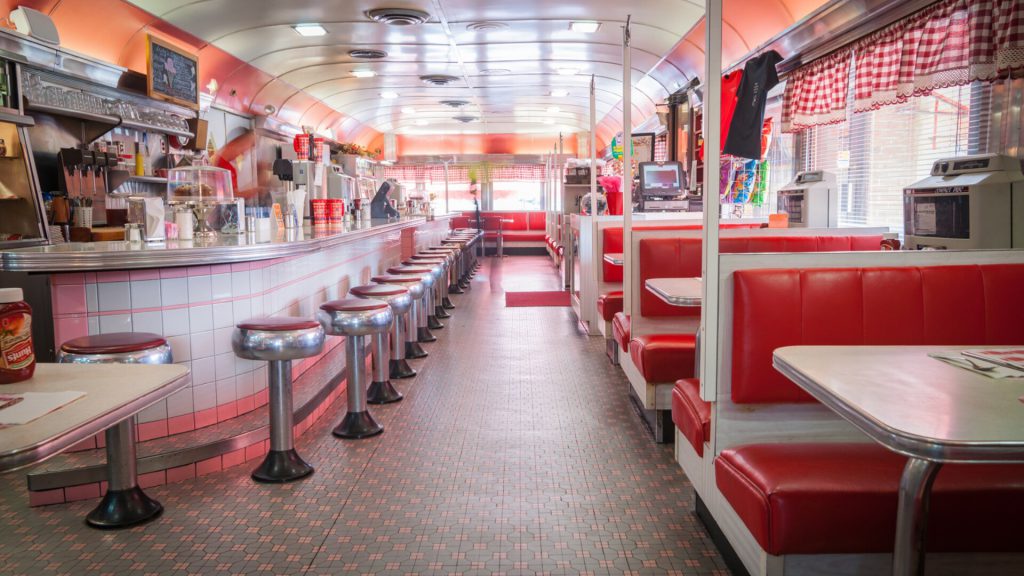
On the other hand, casual diners give customers a more relaxed atmosphere. While it’s not as formal as fine dining restaurants, it’s soothing enough to sit, relax, and enjoy the meal.
‘It Lowers The Competitive Gap’
Fast-food restaurant owners complain that the increased minimum wage and its effect will lessen the competitive gap between restaurants. What they mean is that as fast food restaurants raise their menu prices, they will become too similar to casual diners or even more.
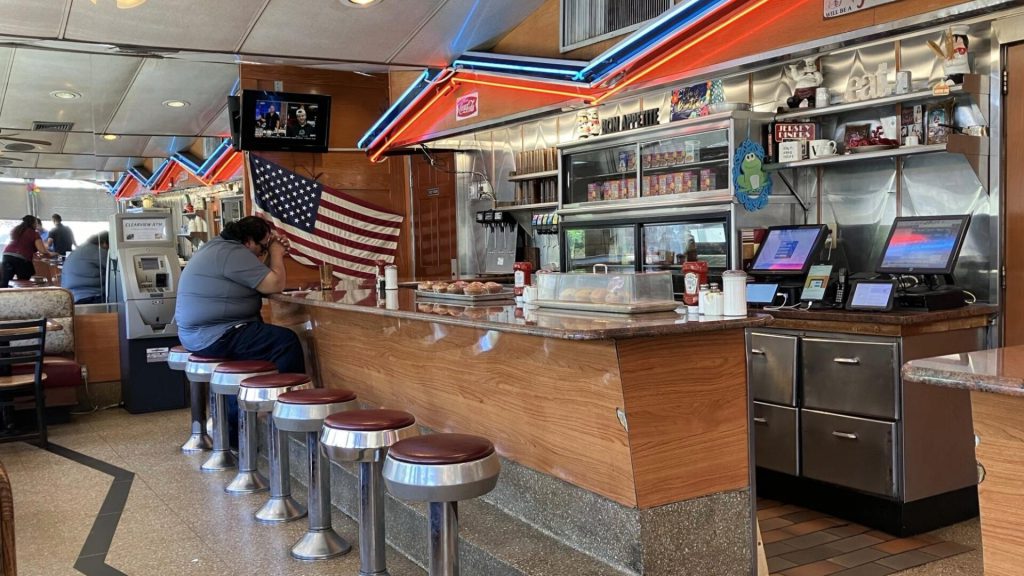
This “unhealthy” state could crumble a lot of fast food restaurants as people may go for a cheaper and more relaxing atmosphere than the more expensive fast food spots.
What Do Analysts Think?
For now, analysts say it’s quite tricky to predict how customers will respond to the new price changes. Some restaurants only increased their prices by 5 to 7%. So, if a burger was $5, it would now cost $5.25 and $5.35.

A price change like this may not be too significant for customers to change their daily routine so quickly. What makes this idea more plausible is that most people’s buying decisions have remained the same despite the country’s inflation problem.
Chains Are Already Losing Money
Some restaurants have already raised their prices to reduce the shock of the minimum wage requirements that started this April. Shane Paul is one of these restaurant owners who has raised his prices.
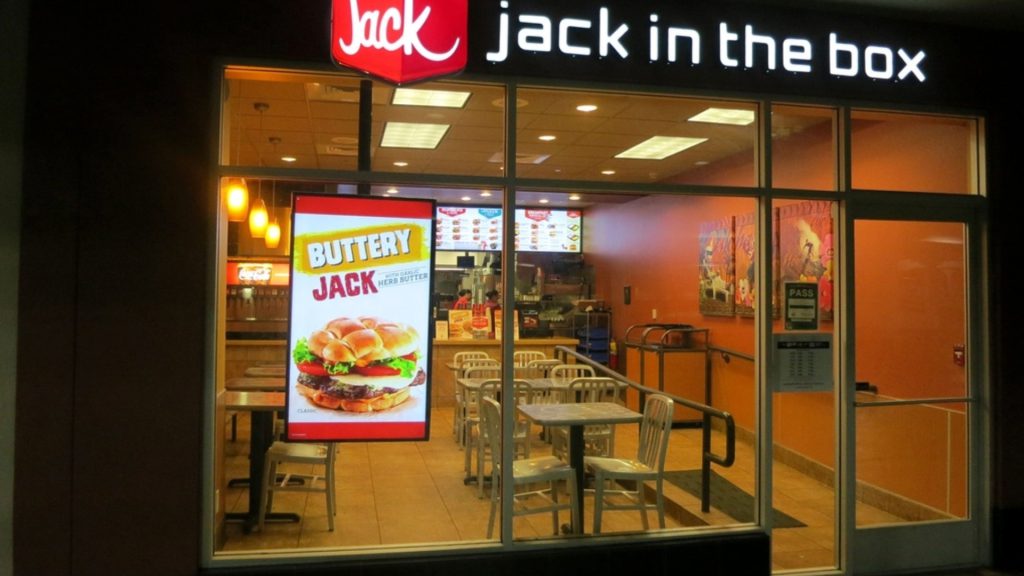
He owns seven Jack in the Box restaurants in San Diego and explained in an interview that he raised his prices by 10%. Sadly, he points out that transactions in his restaurant “are already trending down.”
Casual Diners May Increase Their Prices As Well
While fast food chains complain that they may lose customers to casual diners, these establishments may also increase their prices. There are several reasons. One, they want to stay competitive with a menu that shows a distinctive difference between them and fast food restaurants.
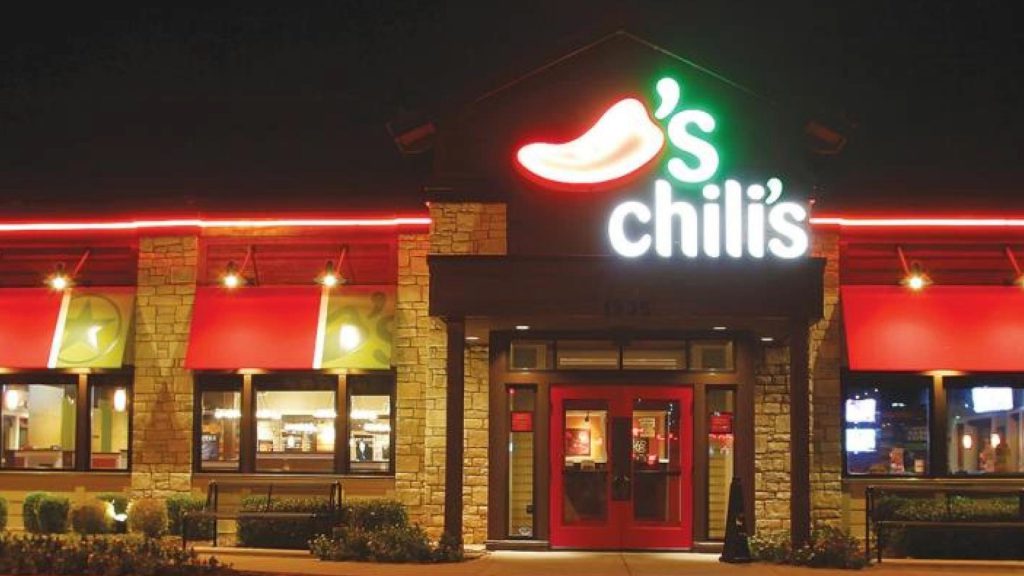
Also, they worry that the increased wages in the fast-food industry may cause some of their workers to change jobs. So, they may start paying their teams more to stay competitive. This decision may restore balance back to the industry.
‘Absolutely! We Will Raise Our Prices’
This potential price increase by other restaurants was confirmed by the owner of The Garden Club, Sal Vitalie. He said in an interview that he would “absolutely” raise his menu prices to stay competitive with local fast-food chains.
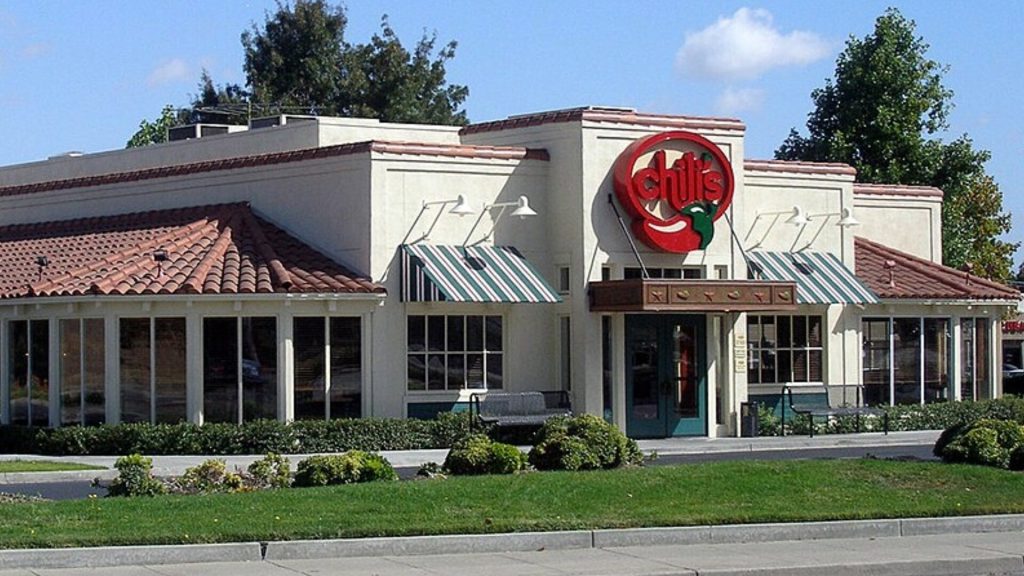
But note that this opinion doesn’t reflect all casual diners. Brands like Chili’s and Applebee’s have made no comment on the situation. If they continue with their current menu price, they will undoubtedly take business away from most fast-food chains.
Why Casual Diners Won’t Raise Their Prices
There’s the chance that some casual diners will raise their prices, but others might not follow suit. The reason is that many of these establishments already make more than $30 an hour. So there would be no justification for the price hike.
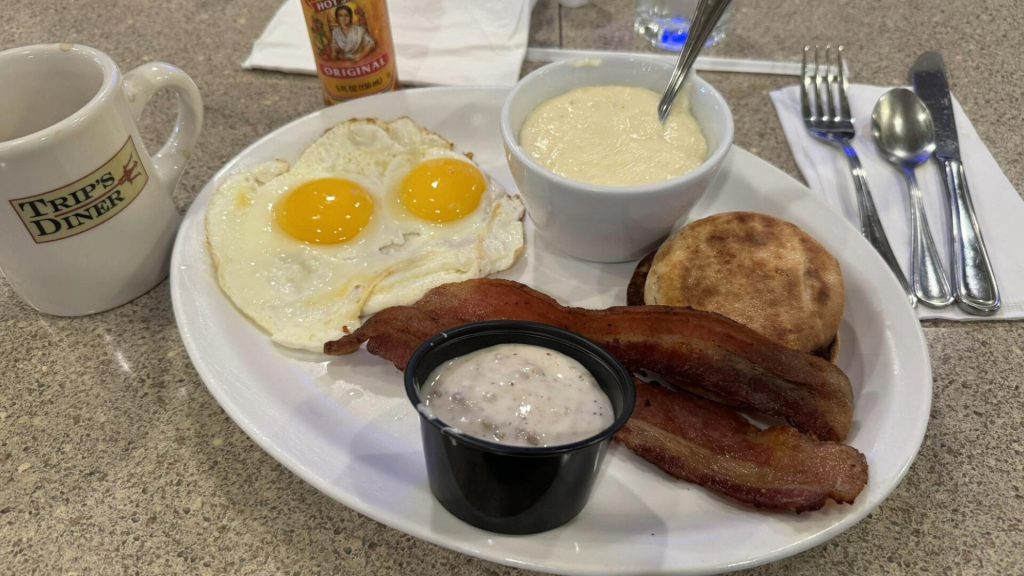
According to Sharon Zackfia: “If casual dining can hold prices and doesn’t see the upward labor pressure, it could receive some benefit as the gap between casual dining and limited service prices narrow.”
Fast Food Restaurants Could Still Be On Top
Sharon Zackfia also pointed out that the price hike may not be enough to push fast-food restaurants out of business. How? She explains that these chains are known for speed and convenience.
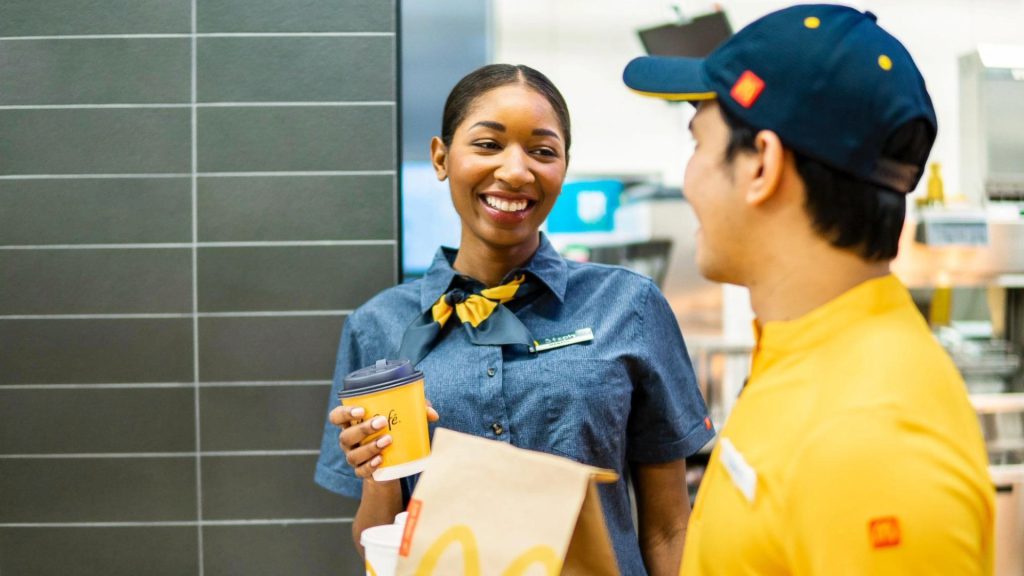
So, people with a busy schedule who can’t wait for more than a few minutes for their meal will continue to use this service.
Smaller Restaurants Will Suffer
Multiple experts have pointed out that smaller fast-food restaurants will suffer. Customers who still want fast meals will end up going to bigger and more reliable chains, leaving the smaller brands behind.
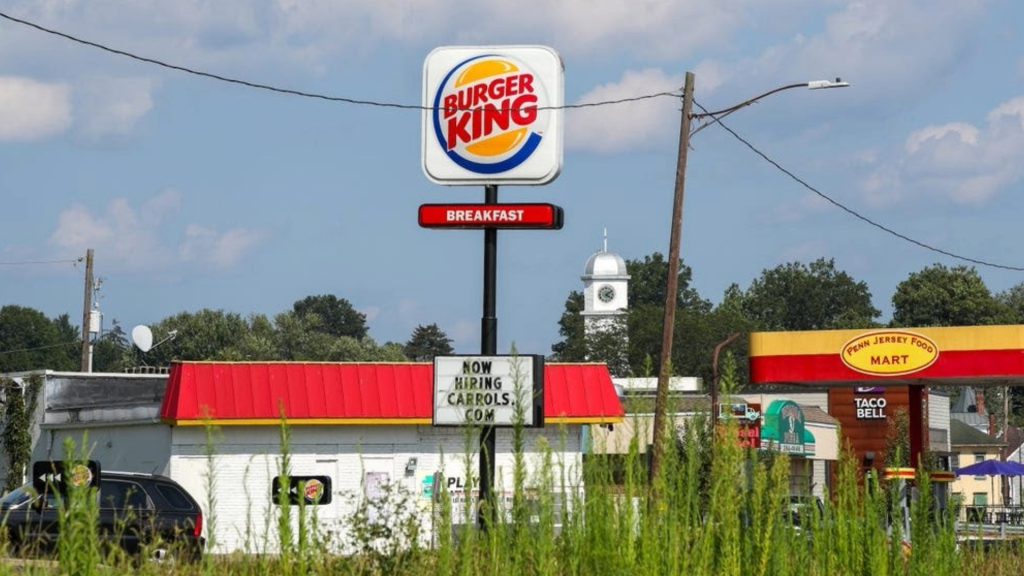
They may try to stay competitive by offering a cheaper menu, but this will significantly affect their earnings.

